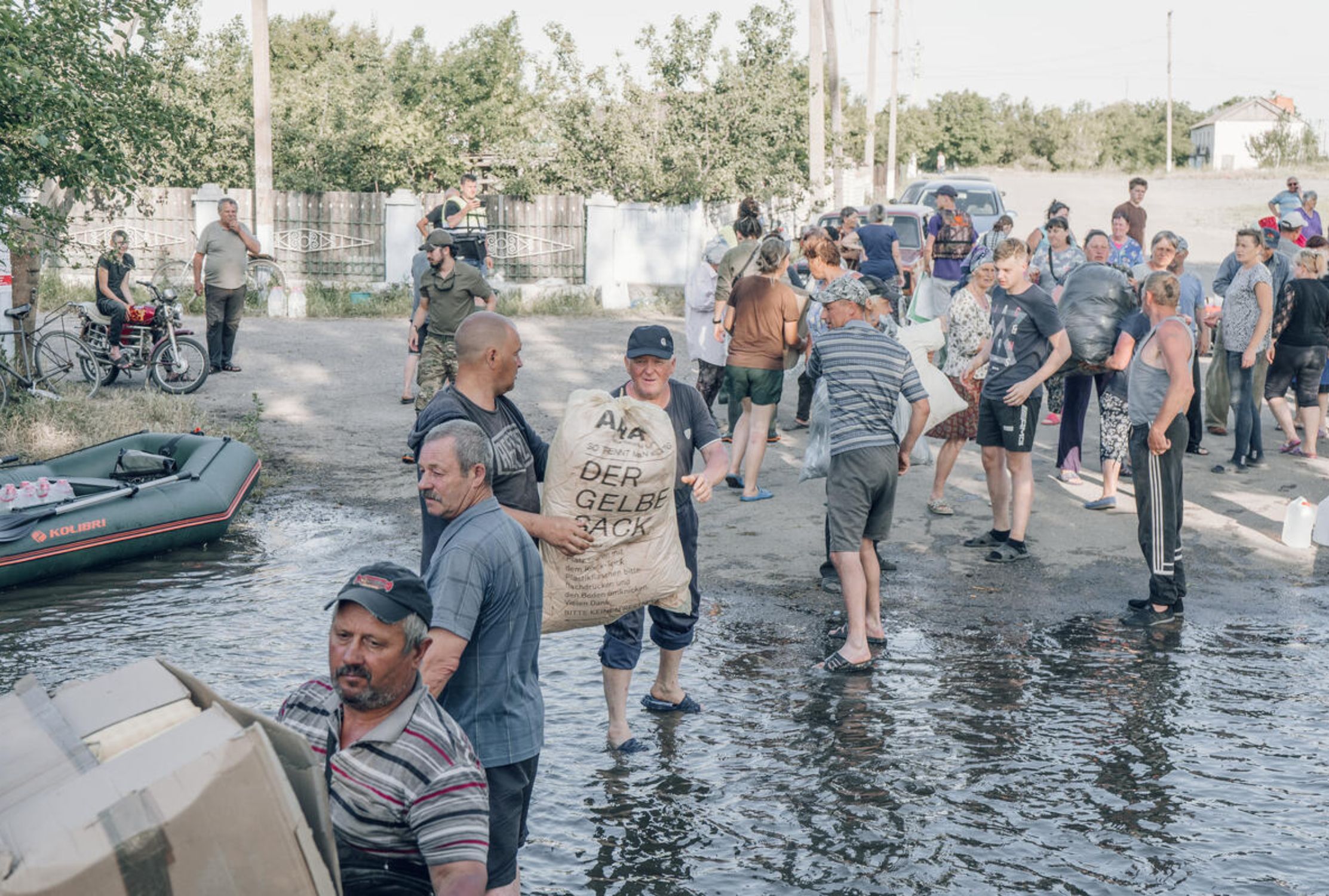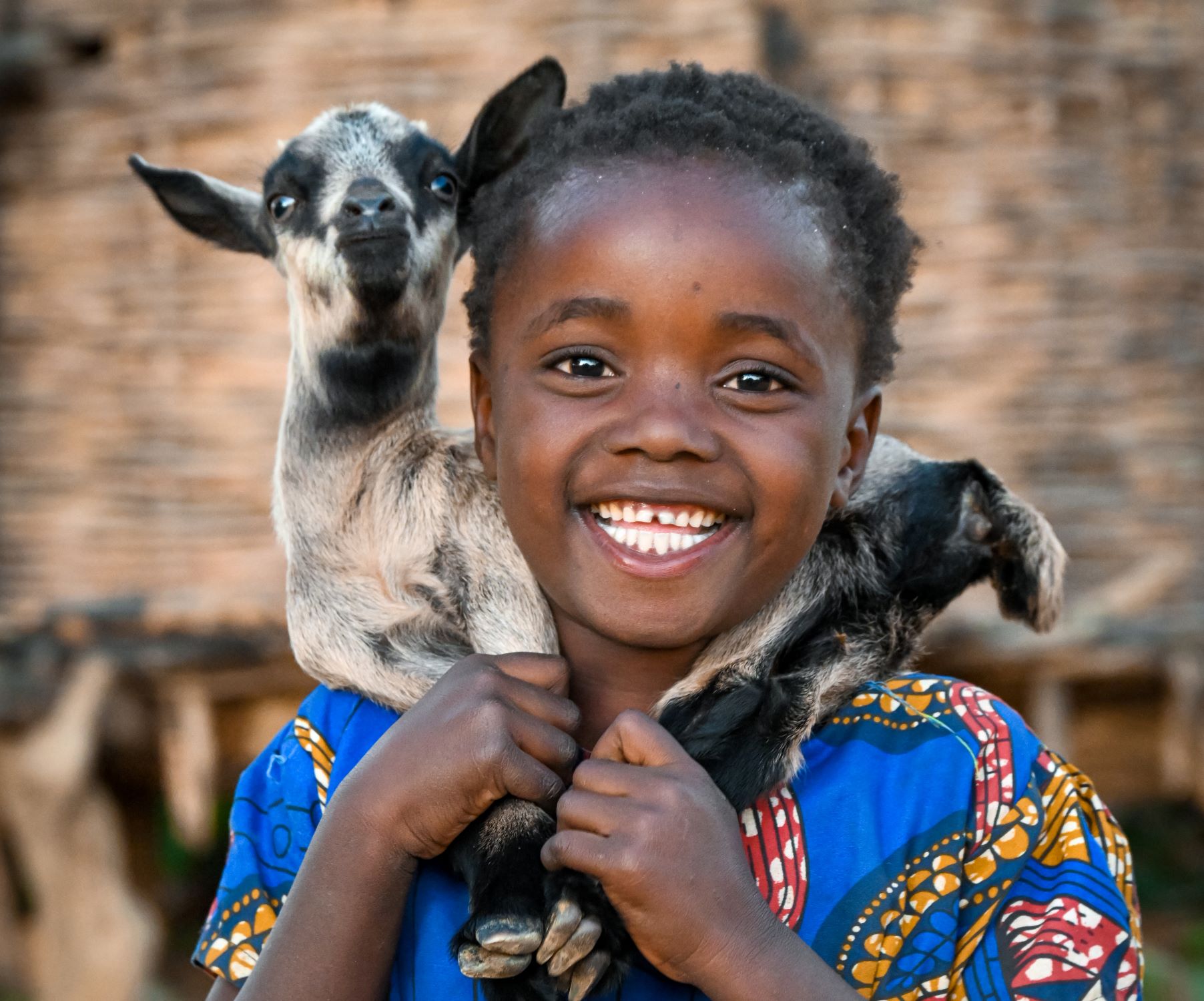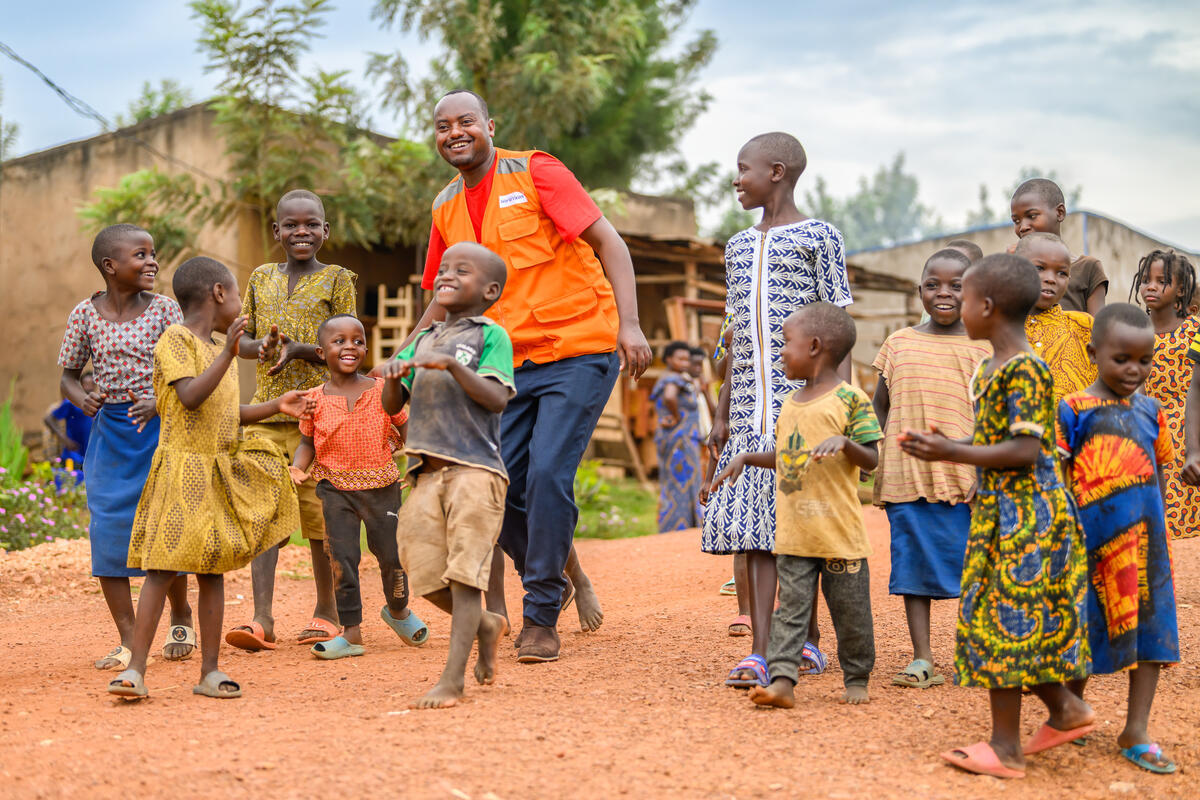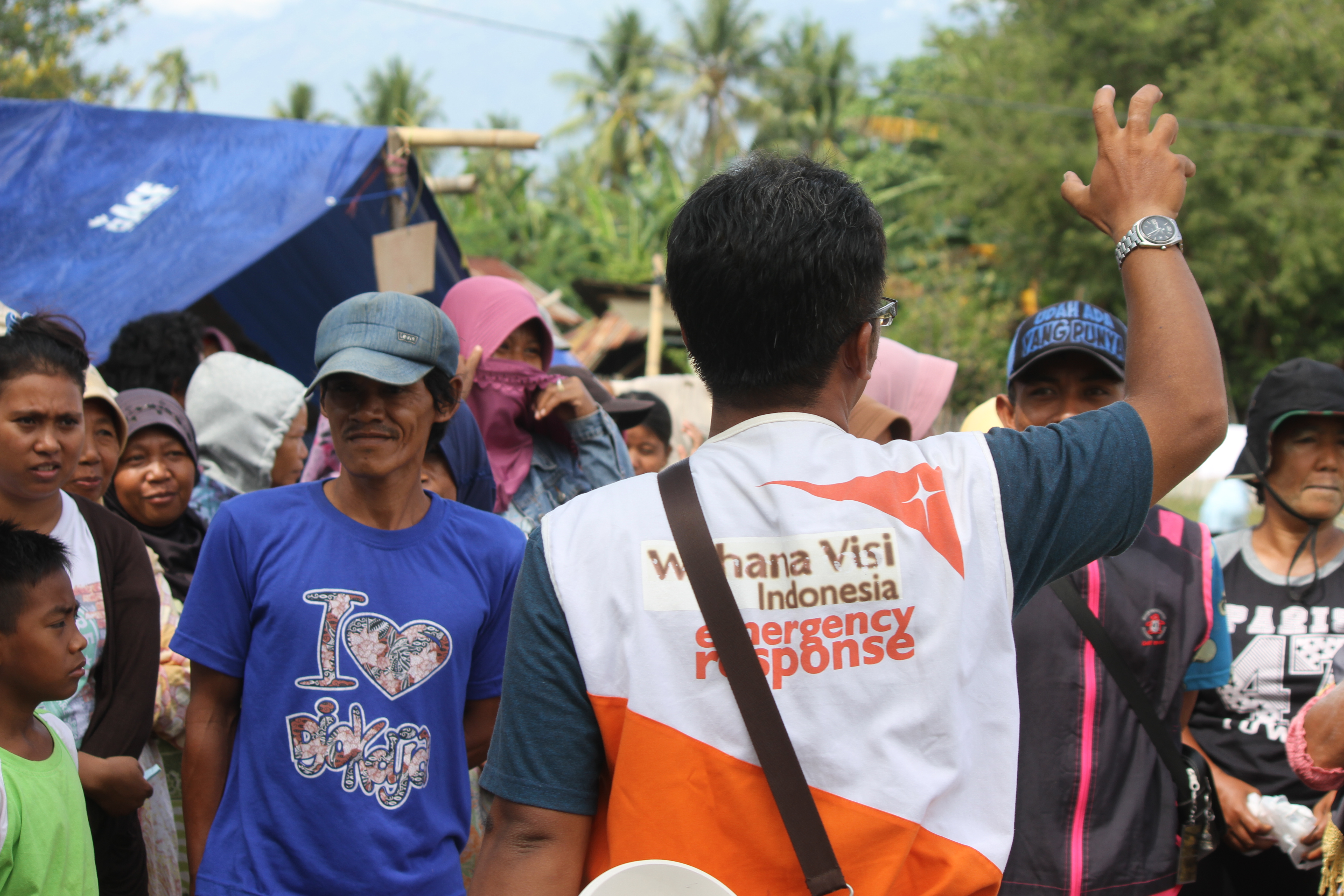It feels as though there are new words and phrases appearing every single day, from fresh slang words to scientific terms and jargon. One such word you may have heard for the first time recently is ‘polycrisis’. If you’re wondering what the definition of polycrisis is, why the word is suddenly appearing more frequently or you want to learn more about what a polycrisis would mean, we look to answer all of your questions in this article.
What is a polycrisis?
A polycrisis is defined as the simultaneous occurrence of several catastrophic events.
When a polycrisis occurs, not only do multiple crises take place at one time, but they amplify the devastating effects of one another and create issues that are larger than the sum of their parts. A polycrisis could be a combination of two or more crises happening concurrently, making the effects of one another more catastrophic. It could include a hunger crisis, a refugee crisis, a natural disaster, a conflict, a global pandemic or another dangerous event.
MORE DEFINITIONS: Child Soldier Definition, Child Marriage Definition, Child Labour Definition
Why is a polycrisis dangerous?
A singular crisis is dangerous – the combined effects of multiple crises happening at once can be catastrophic.
We’ve been working on the front line of crises for over 70 years, protecting vulnerable children through our work as a Christian charity. We’ve seen just how much a single crisis can take from people and the damaging effects that two or more simultaneous crises can have.
A polycrisis is more than just two concurrent crises; it’s a situation where each of those crises worsens the effects of the other, and the issues become interwoven. With a polycrisis, there isn’t a single issue and a single fix; there are multiple issues that all make the others both harder to fix and more dangerous to live through. This is why a polycrisis is so dangerous; it spirals into something bigger and more dangerous the longer it goes on.
READ MORE: How does conflict impact children?







